Fukutoku shrine
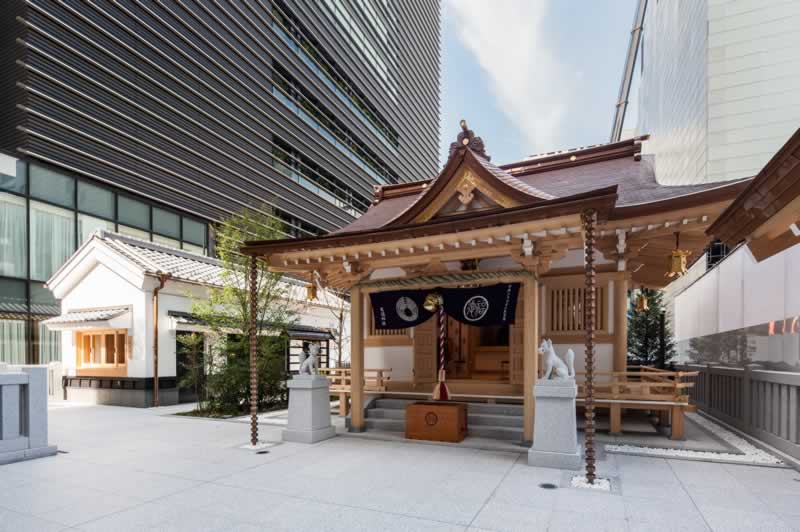
▪ Origin
According to the Fukutoku Shrine’s records, which include summaries of historical accounts, this shrine had already been founded in this area around the years of the Jogan period (860 AD to 876 AD). The main deity of the shrine is Uka no Mitama no Mikoto, the deity who presides over grain.
▪ History
This shrine originally had faithful followers who were military commanders. Among the historical figures that visited this shrine stand out Minamoto no Yoshiie (Hachimantaro) during the latter half of the Heian period; and Ota Dokan, who built the Edo Castle, during the Muromachi period.
It is believed that, during the Edo period, it was especially worshiped by the Tokugawa family as a shrine that brings good luck because of its name, Fukutoku (meaning "there will be good fortune for Tokugawa"). In 1590, Tokugawa Ieyasu visited the shrine for the first time. When the second shogun of the Tokugawa dynasty visited the shrine in 1614, he found a new spring sprout growing from the shrine gate made from sawtooth oak, so the shrine was nicknamed as Mebuki Inari. It is still known by this name today.
It was damaged during the Great Kanto Earthquake and also burned down during World War II, but it was later rebuilt. In 1973, it was enshrined in its current location.
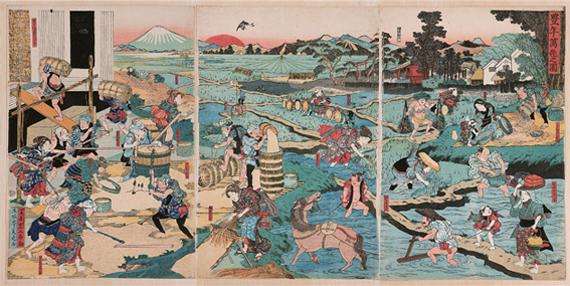
1. Created by Gofutei Sadatora, “painting of a bumper crop”
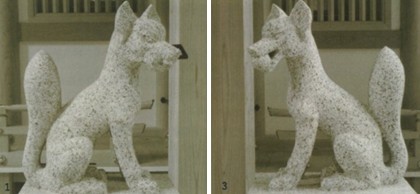
2. Inari guardian foxes (female on the left and male on the right)
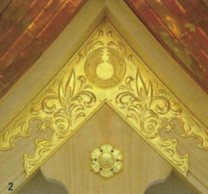
3. Metal decoration depicting the historical sprouting
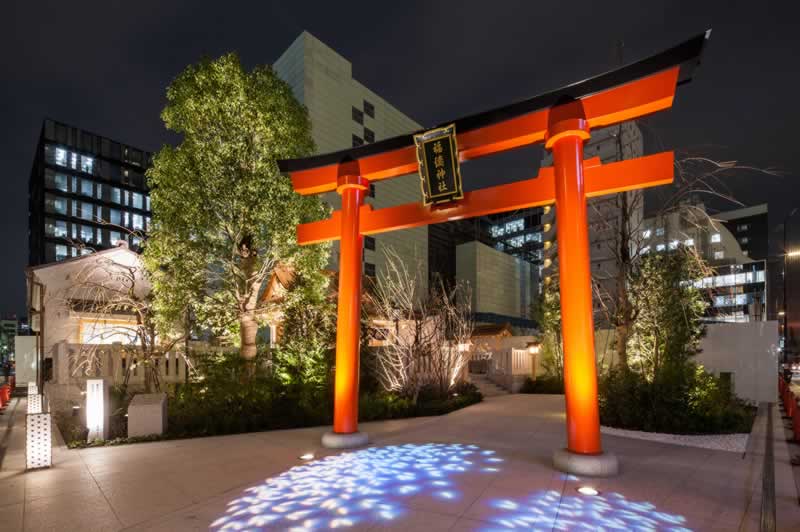
Fukutoku shrine website
http://mebuki.jp/smp/
